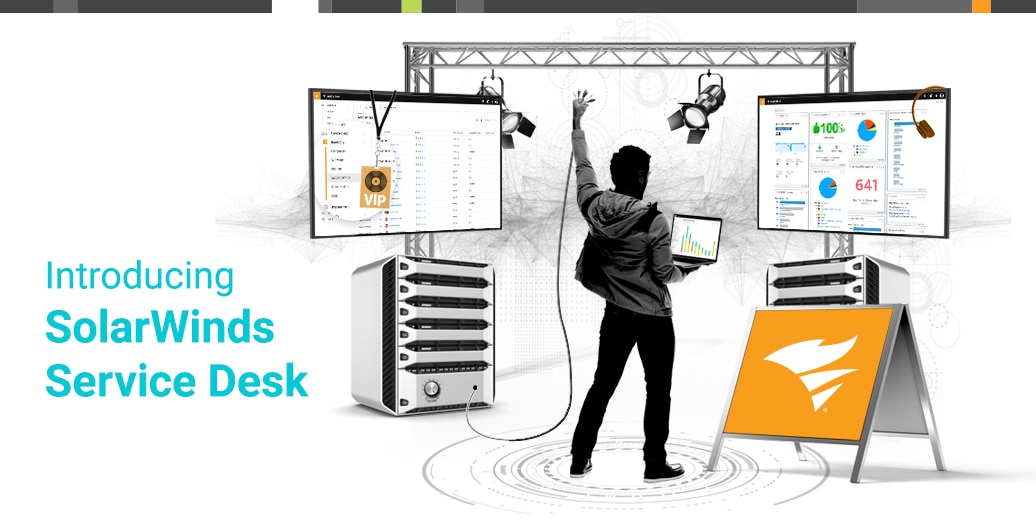You’re trying to schedule an important meeting with investors, but are unable to get a conference room. Back pains are getting worse and you need an ergonomic evaluation. Clogged sinks, holes in walls, and broken desks? Yuck! Sounds like service requests, but why would IT be involved? Say hello to the facilities department.
In the modern organization, IT isn't the only service provider in town. Employee onboarding is a common HR example, but the entire organization also depends on service from the facilities department.
Say you hire a new engineer. HR and IT play a part in that process, but the new employee needs an office, cube, desk, and chair, which falls under facilities jurisdiction. You need a buttoned-up workflow to ensure new hires aren’t sitting on the floor, while efficiently tracking and managing those assets that don’t have operating systems. Instead of the facilities team finding out about a new hire when IT goes to set up their computer system, facilities is a part of the workflow steps -- enhancing the interrelationships of the departments, while staying ahead of the game through automation. If you really think about all of the service needs within an organization, you'll realize that the facilities team will have their fingerprints on more services than you can count.
It’s Not Only About the Light Bulbs
Lighting and swapping out light bulbs is just a teeny tiny fraction of the world the facilities is engulfed in. More often than not, facilities can relate to IT when the words “cost center” comes up. Facilities organizations are aligning themselves with business objectives to ensure they add value to the company. Corporate goals for growth are tightly tied to facilities management in areas like employee retention, allocation, space planning, operational efficiency, and business sustainability. Facilities takes the helm on those areas, as well as energy management and emergency preparedness. While it may not be outwardly obvious, facilities impacts the productivity of an organization's employees. Staff happiness and productivity can’t take place when the A/C is not working during a hot summer day (imagine the collective stench if that happened). Likewise, employees will not be happy if there is no space for them to work -- think of the kerfuffle taking place over cubicles if they were incorrectly allocated for an organization.
Show Us the Money
Actually, show us the savings. Land, buildings, desks, and chairs - these assets, among others, add to the operational costs for a company. An asset management solution that is fully integrated with a service management tool provides a single platform to track all costs associated with the facilities organization, providing stronger cost control.
As facilities encourages the adoption of a self-service portal, they are able to provide anytime, anywhere access to service requests, preventing productivity hiccups and decreasing the time of service delivery. The portal will also allow them to pull in mandatory information from requesters, cutting down on back-and-forth communication, and helping them deliver efficient service.
No longer are they held back by not having a monitor or not understanding the workflow to set up workspace for a new employee. In addition, facilities organizations can get rid of those emails and spreadsheets because all of their data is in one place and transparent for all. ESM brings transparency and accountability to the facilities organization through data visualization and reporting on resource and space utilization, as well as categorization of service requests. Suddenly the facilities team is empowered and positioned as a strategic value center in the company. Goodbye to workplace chaos!
One Platform for All
Employee onboarding or preparing for an on-site conference/training can each be done from a single portal with the ability for collaboration across the organizational divide. For employees in your organization, they know where to go if they need something -- whether it's an IT break/fix, a question about payroll, or set up from facilities. It's a one stop shop.
As you start to view each department as a service provider for your employees, it will propel new players into the spotlight, showcasing their importance to the overall success of a company. The facilities team can make a huge difference in everyday service requests if you bring them into the service management strategy.
This post has been updated from its original publish on 9/14/16 to reflect modern employee service management strategy.







